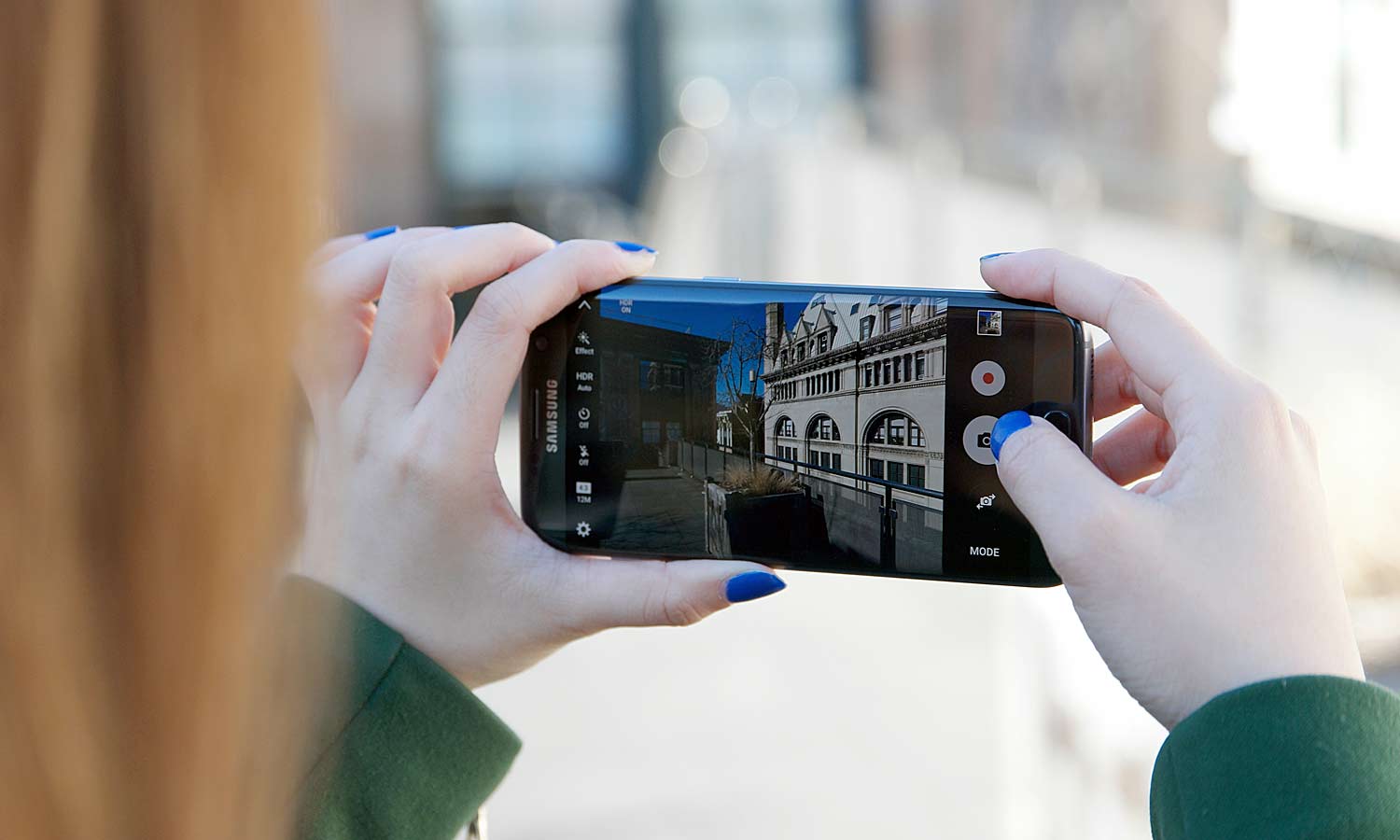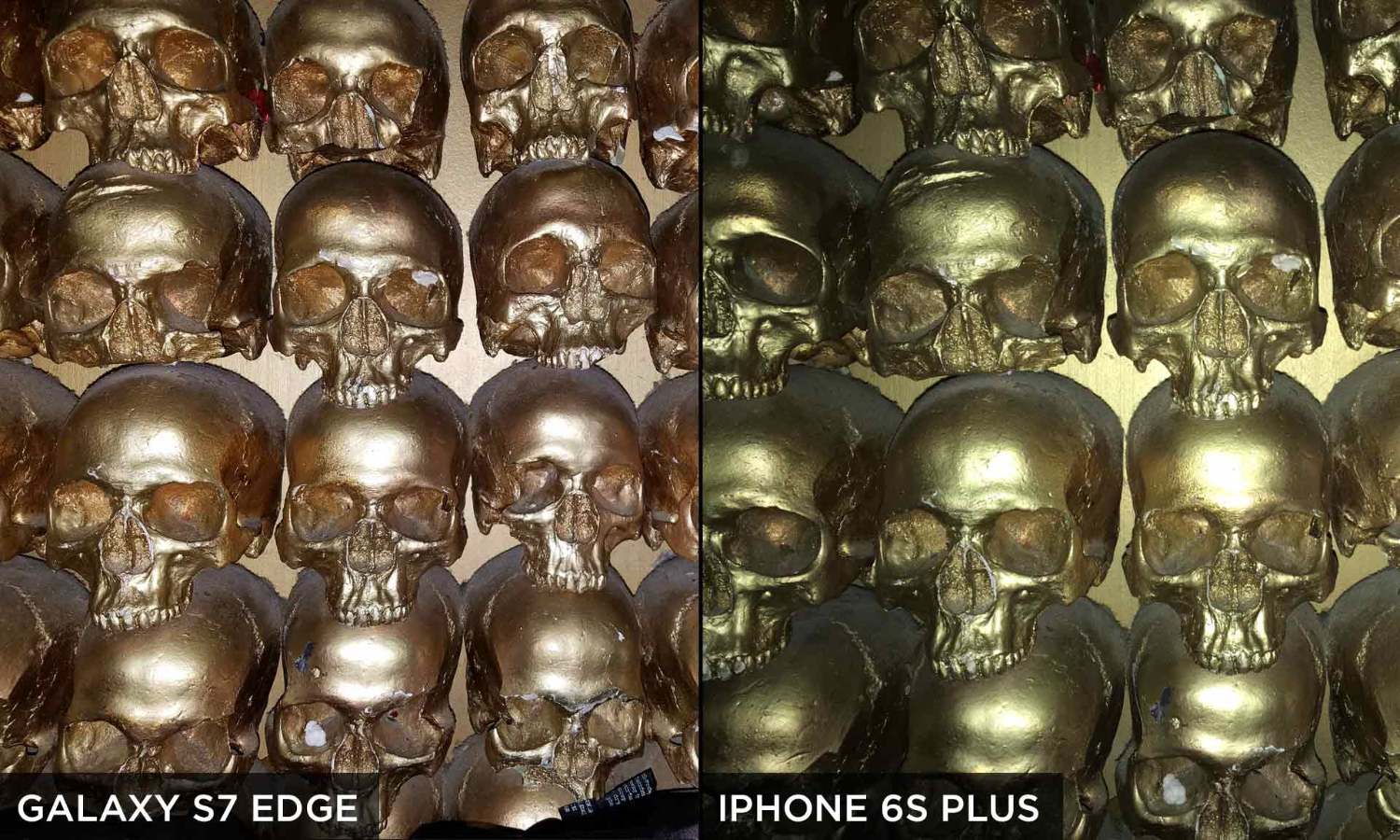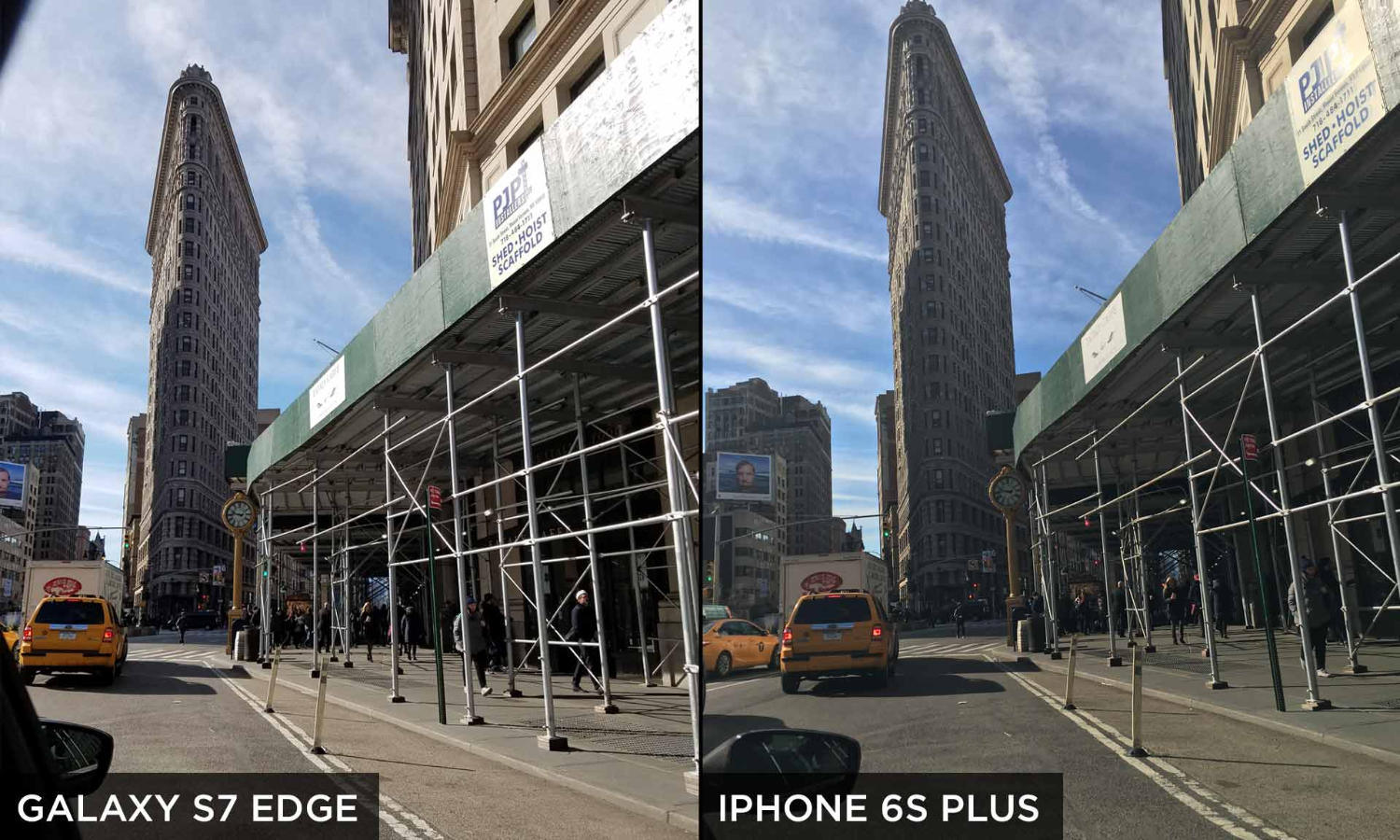Why the Galaxy S7 is the New Camera Phone King
Thanks to a new dual-pixel sensor, the Galaxy S7 could reign supreme over the iPhone 6s Plus and all other smartphones.
Whether it's a shot of beautiful scenery, or selfie upon selfie, my phone's cameras need to keep up with my demands. So when I found out about Samsung's upgrades to the camera in the Galaxy S7 and S7 Edge, I was seriously excited. As the first phones to pack a dual-pixel sensor, their cameras should offer the fastest autofocus yet, bringing tech previously exclusive to DSLRs to mobile.

I tested the Galaxy S7 Edge against the iPhone 6s Plus — our previous smartphone camera champion — pitting them off against each other in a variety of common shooting situations. In every round, the Galaxy was the obvious winner, taking brighter, more vibrant pictures than the iPhone did.
MORE: Check out our Galaxy S7 Review and Galaxy S7 Edge Review to see more camera comparisons with the iPhone.
To evaluate the cameras' performance, I looked at the photos from both phones on the same monitor, assessing their color reproduction and clarity side by side.
Dual-Pixel Sensor for Faster Autofocus
The highlight of the new Galaxy flagships is the dual-pixel sensor — a technology borrowed from Canon's DSLRs. It basically means that instead of some pixels on a sensor collecting light and image information while a small percentage of them work on focus, all of the pixels do both things.
Because of that, wherever your subject is in the scene, there would be pixels on the sensor capable of capturing focus, resulting in faster and more accurate autofocus.
I tested the cameras' autofocus speed by holding an object near the lenses to force both devices to focus up close, then dropping the object and observing how long they took to focus on the background.
Sign up to get the BEST of Tom's Guide direct to your inbox.
Get instant access to breaking news, the hottest reviews, great deals and helpful tips.
In all my numerous tests, the S7 Edge was consistently faster than the iPhone 6s Plus, refocusing in a fraction of a second compared to the iPhone's average of 2.5 seconds. The Galaxy almost instantly latched on to the background after I dropped the subject, meaning I didn't have to wait around to take a shot. On the other hand, the iPhone struggled back and forth, and I had to wait while its yellow autofocus box enlarged and minimized.
With such speedy autofocus on the S7 Edge, I imagine it would be so much easier to capture moving subjects, such as active puppies or dancing children.
Better Pics in Low Light
The dual-pixel tech isn't the only upgrade that Samsung packed into the Galaxy S7. The new flagship also has a setup that lets in 90 percent more light than it did before, thanks to a slightly larger sensor, bigger pixels and wider aperture (opening) on the lens.
Although the Galaxy S7's sensor is now a less-sharp 12 megapixels compared to 16 MP on the S6, the significantly larger pixels (1.4 microns vs 1.12 microns before) and aperture (f/1.7 now versus f/1.9 before) means more light gets in. This makes for clearer, brighter pictures, especially in low light.

I used both phones to take the same picture of a wall of gold skulls decorating a New York bar, and the S7's image was significantly better than the iPhone's. Not only was the S7 Edge's picture brighter and more detailed than the iPhone's, it also had a rosier, more accurate hue.
With the flash turned on, both phones effectively lit up the scene, but the S7 Edge's LED flash was more neutral and accurate, while the iPhone cast a green tinge over the skulls.

I saw similar results with the front cameras, where selfies I took in near darkness were brighter on the Galaxy S7 Edge than on the iPhone 6s Plus.

Samsung added a new selfie flash feature that lights up the screen when activated, using the display's brightness to brighten your portrait. The front camera on the iPhone 6s has a similar flash feature. The iPhone's flash was great at accurately rendering my skin tone, but the Samsung version was far better at reproducing my brown hair and green coat.

The S7 Edge beats the iPhone in daylight as well, showing better contrast and beautifully colored sky and yellow cabs than its competitor.

Bottom Line
Shooting speed matters. Whether you're in a moving car or your subject is in motion, a faster camera can ensure you don't miss the shot. Samsung's dual-pixel tech is impressively swift, and its new camera setup lets in more light for awesome results in low light, beating the iPhone 6s Plus in every situation. Step onto the podium, Samsung. Your victory is well-deserved.
Cherlynn is Deputy Editor, Reviews at Engadget and also leads the site's Google reporting. She graduated with a Master’s in Journalism from Columbia University before joining Tom's Guide and its sister site LaptopMag as a staff writer, where she covered wearables, cameras, laptops, computers and smartphones, among many other subjects.
-
therealduckofdeath Technically Samsung has been using the Dual Pixel tech in their NX cameras for a couple years. They've just changed the name. Whether this is because it was always licensed from Canon or whether it is now, I have no idea. (I guess most companies deals with licensing behind closed doors)Reply -
CherlynnLow Hey there, Therealduckofdeath! They did work with Canon on the tech. Samsung mentioned this at a meeting we attended.Reply
Mamiefurax - I like it, too!

